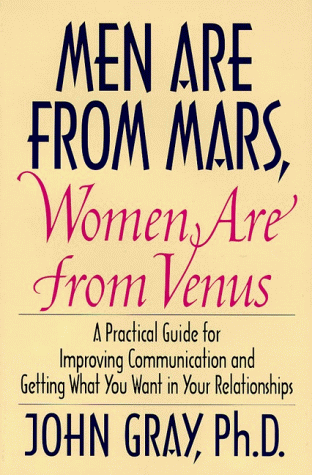- 2 402 202 книги
- Поиск
libcats.org








How to Think About Weird Things: Critical Thinking for a New Age
Theodore Schick, Lewis VaughnOne cannot avoid thinking, sidestep decision making, nor elude the bombardment of poor logic and irrationality so abundant in society. It makes perfect sense to learn to become as clear a thinker and decision maker as possible. Schick and Vaughn, in their Critical Thinking masterpiece "How to Think About Weird Things" dive head first into the fundaments of rational thought, the aspects of human nature that produce irrationality, and the means to think as productively as possible. Ripe with examples from absurd lines of thinking to common complex fallacies, the book covers all pertinent aspects of critical thinking.
Put best in their own words on page 2, the authors state:
"You hear a lot of `whats', but seldom any good `whys'. You hear the beliefs, but seldom any solid reasons behind them - nothing substantial enough to indicate that these assertions are likely to be true. You may hear naiveté, passionate advocacy, fierce denunciation, one-sided sifting of evidence, defense of the party line, leaps of faith, jumps to false conclusions, plunges into wishful thinking, and courageous stands on the shaky ground of subjective certainty. But the good reasons are missing. Without good `whys', our beliefs are simply arbitrary, with no more claim to knowledge than the random choice of a playing card. Without good `whys' to guide us, our beliefs lose their value in a world where beliefs are already a dime a dozen."
While this thinking may not resonate with everyone, the reality is that it should. If society as a whole shifted to more rational thought and a consistent standard of scrutiny among all beliefs, there would be a lot less friction on this planet and a lot more level headed views. How to Think About Weird Things offers a comprehensive overview of rational thinking aimed at causing such a positive shift, and thus I recommend this book to any serious thinker.
Put best in their own words on page 2, the authors state:
"You hear a lot of `whats', but seldom any good `whys'. You hear the beliefs, but seldom any solid reasons behind them - nothing substantial enough to indicate that these assertions are likely to be true. You may hear naiveté, passionate advocacy, fierce denunciation, one-sided sifting of evidence, defense of the party line, leaps of faith, jumps to false conclusions, plunges into wishful thinking, and courageous stands on the shaky ground of subjective certainty. But the good reasons are missing. Without good `whys', our beliefs are simply arbitrary, with no more claim to knowledge than the random choice of a playing card. Without good `whys' to guide us, our beliefs lose their value in a world where beliefs are already a dime a dozen."
While this thinking may not resonate with everyone, the reality is that it should. If society as a whole shifted to more rational thought and a consistent standard of scrutiny among all beliefs, there would be a lot less friction on this planet and a lot more level headed views. How to Think About Weird Things offers a comprehensive overview of rational thinking aimed at causing such a positive shift, and thus I recommend this book to any serious thinker.
Популярные книги за неделю:

Проектирование и строительство. Дом, квартира, сад
Автор: Петер Нойферт, Автор: Людвиг Нефф
Размер книги: 20.83 Mb

Система упражнений по развитию способностей человека (Практическое пособие)
Автор: Петров Аркадий НаумовичКатегория: Путь к себе
Размер книги: 818 Kb

Сотворение мира (3-х томник)
Автор: Петров Аркадий НаумовичКатегория: Путь к себе
Размер книги: 817 Kb

Радиолюбительские схемы на ИС типа 555
Автор: Трейстер Р.Категория: Электротехника и связь
Размер книги: 13.64 Mb
Только что пользователи скачали эти книги:

Women Singer-Songwriters in Rock: A Populist Rebellion in the 1990s
Автор: Ronald D. Lankford Jr.
Размер книги: 915 Kb

Men Are from Mars, Women Are from Venus: A Practical Guide for Improving Communication and Getting What You Want in Your Relationships
Автор: John GrayКатегория: Физика, Астрономия
Размер книги: 487 Kb

Le vite de' più eccelenti pittori, scultori ed architetti
Автор: Vasari, Автор: Giorgio
Размер книги: 2.01 Mb

Men Are From Mars, Women Are From Venus: The Classic Guide to Understanding the Opposite Sex
Автор: Gray JohnКатегория: fiction
Размер книги: 236 Kb








